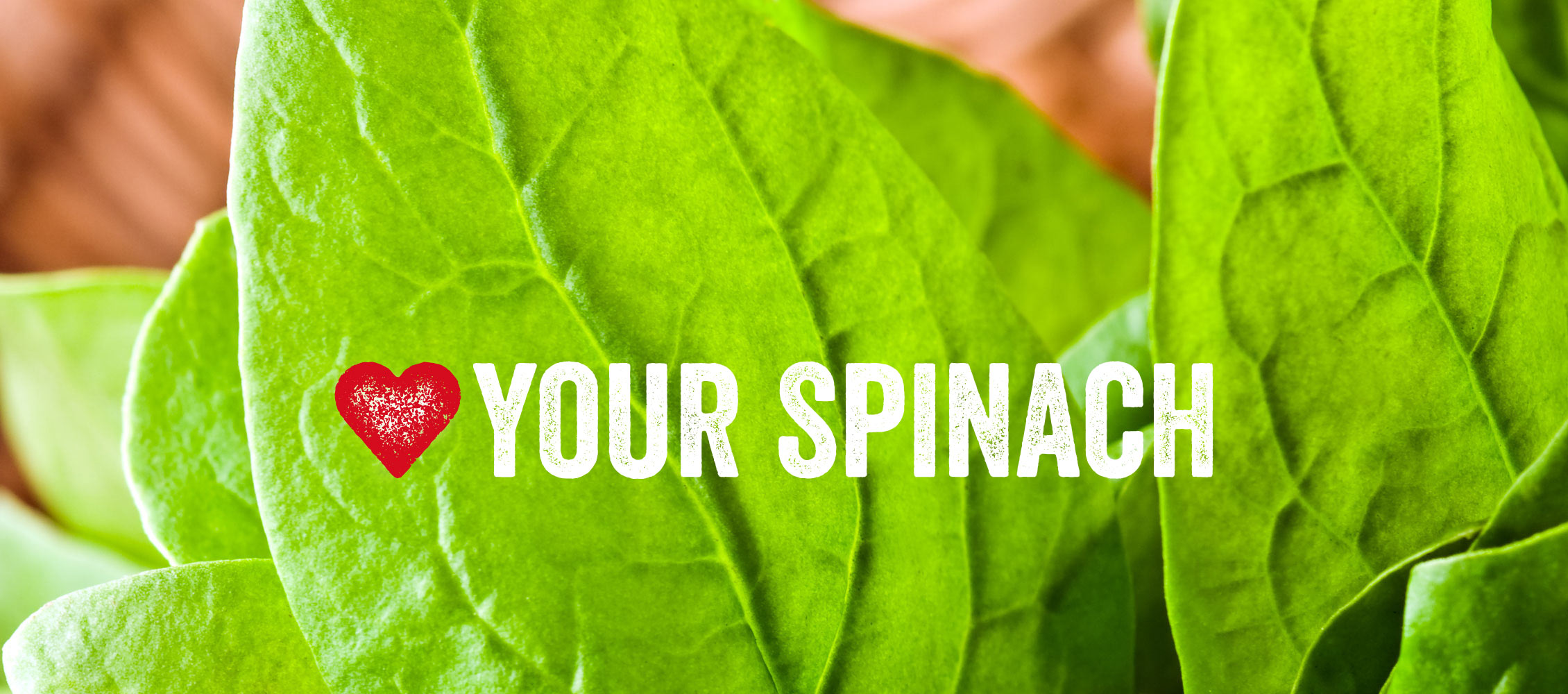Understanding the Role of Nitric Oxide and Heart Health

We all know by now that February is Heart Health Month – so, let’s say YES to NO and give our hearts a lot of love!
Nitric Oxide (NO), science says it’s a magic molecule. This is truly your body’s own wonder drug and making sure you create as much as you can, quite possibly will:
· Lower your blood pressure
· Improve your circulation
· Delay the onset/progression of atherosclerosis
· Reduce the likelihood (and can prevent) a heart attack or stroke
NO is produced in the lining of the blood vessels and it regulates blood flow and oxygen delivery. Its job is to widen, or expand, the vessels to keep blood flowing smoothly. So, when your heart is pumping fast because you’re exercising, NO is at work to make sure your blood vessels are expanding to allow the rush of blood to run through easily.
As we age, our ability to produce NO decreases, and by the time we are 50, we have lost half of our ability to produce the molecule- good thing we have a back up plan! By eating plants rich in nitrates, we can increase our NO. That said, there is a pathway between taking in nitrates in food and converting it to useful NO and that takes place in both our oral and gastrointestinal bacteria and the acid in our stomach.
However, there are two common products that many people use that inhibit NO production because they kill the bacteria and stomach acid needed for conversion:
· Mouthwash
· Antacids

